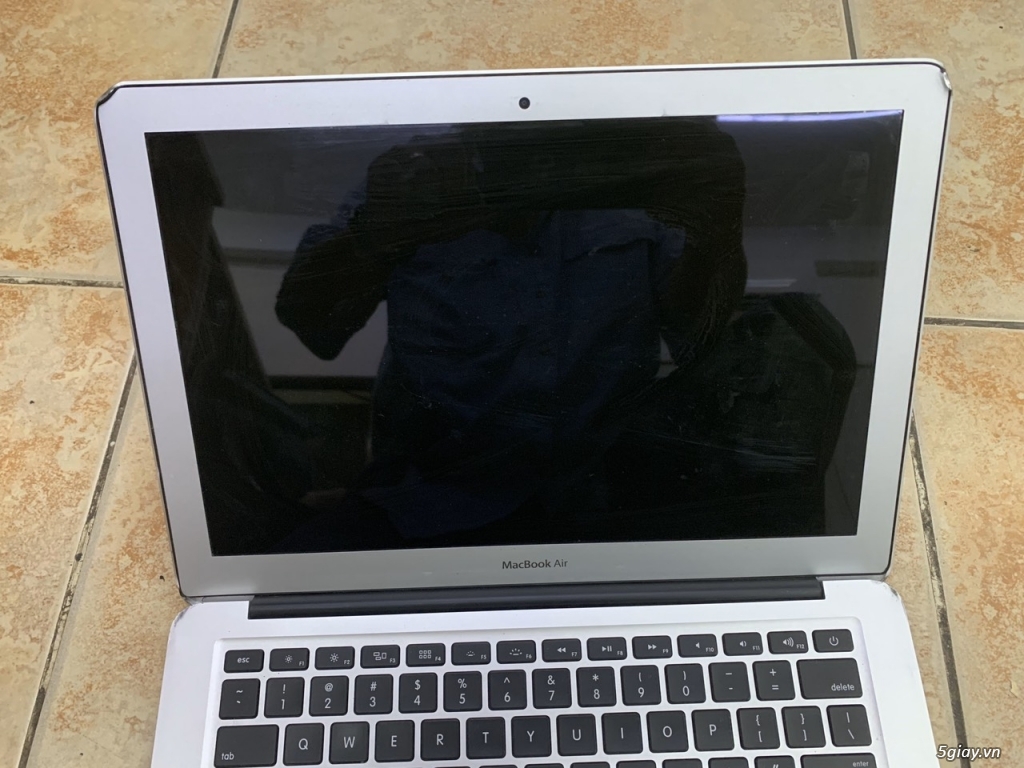

Once you've got everything needed, it's time to create the USB installer. To run ChromeOS Flex, the target laptop (or desktop) will need to be Intel or AMD x86-64-bit compatible (newer than 2010 for the best experience), have 4GB RAM or more, have at least 16GB of storage and you'll need full administrator access to the BIOS. The thumb drive will also be completely erased when creating the installer. This will be used to create the ChromeOS Flex USB installer and it doesn't need to be the same device you plan to install it on. You'll also need a ChromeOS, Windows PC or Mac device with the current version of the Chrome browser installed. Any important files should be backed up first. Note that installing ChromeOS Flex will completely erase your entire hard drive.
A Windows, Mac or Linux computer to install ChromeOS Flex on.  A USB thumb drive or SD card 8GB or larger. The first step is to gather everything you need: Installing ChromeOS Flex is quick and painless. For the best performance, it's not recommended to run Flex from a flash drive full time, but it will let you see if it'll work for your needs. One of the best features of ChromeOS Flex, though, is that you can run it off a USB flash drive or SD card to test it out first without completely overwriting your current OS. You can wipe a laptop's drive and install ChromeOS Flex or run the OS off a thumb drive to test it out first. If your model isn't certified, that doesn't mean it won't work, though, just that full functionality and performance aren't a given. Google only guarantees Flex to work on a growing list of certified models, however. That's why it's such a good option for repurposing a laptop that can no longer run current versions of Windows, MacOS or Linux. The one thing you don't get is access to the Google Play store and Android apps.ĬhromeOS Flex runs well even on old hardware. That includes things such as the official Chrome browser, support for Family Link accounts including school-issued accounts and Phone Hub, which lets you connect to an Android phone to show notifications and share files between the phone and laptop. While CloudReady was good, Flex is much closer to the experience you'd get with a Chromebook or other ChromeOS device.
A USB thumb drive or SD card 8GB or larger. The first step is to gather everything you need: Installing ChromeOS Flex is quick and painless. For the best performance, it's not recommended to run Flex from a flash drive full time, but it will let you see if it'll work for your needs. One of the best features of ChromeOS Flex, though, is that you can run it off a USB flash drive or SD card to test it out first without completely overwriting your current OS. You can wipe a laptop's drive and install ChromeOS Flex or run the OS off a thumb drive to test it out first. If your model isn't certified, that doesn't mean it won't work, though, just that full functionality and performance aren't a given. Google only guarantees Flex to work on a growing list of certified models, however. That's why it's such a good option for repurposing a laptop that can no longer run current versions of Windows, MacOS or Linux. The one thing you don't get is access to the Google Play store and Android apps.ĬhromeOS Flex runs well even on old hardware. That includes things such as the official Chrome browser, support for Family Link accounts including school-issued accounts and Phone Hub, which lets you connect to an Android phone to show notifications and share files between the phone and laptop. While CloudReady was good, Flex is much closer to the experience you'd get with a Chromebook or other ChromeOS device. 
Google acquired Neverware in December 2020 and the result of that is ChromeOS Flex. Formerly called Neverware CloudReady, the OS is mainly built for businesses and education, but Flex is free for personal use, and it's so lightweight that it's great for breathing new life into a computer that's struggling from the demands of Windows, MacOS or Linux. Google's ChromeOS isn't available to install on a laptop or desktop like Windows or Linux, but the next best thing is Google's ChromeOS Flex.







 0 kommentar(er)
0 kommentar(er)
